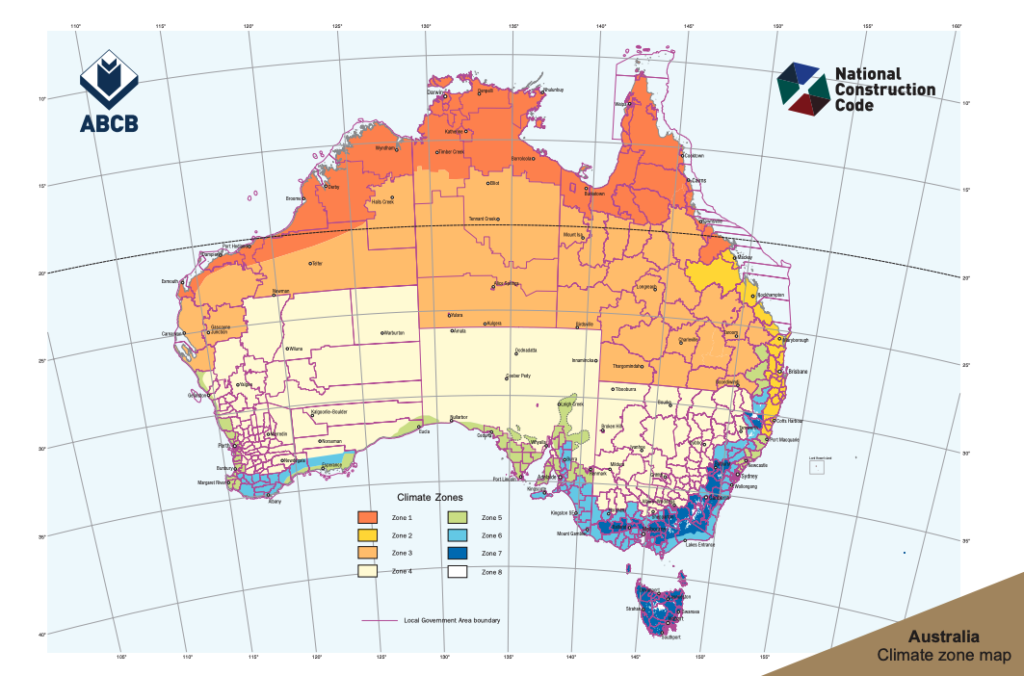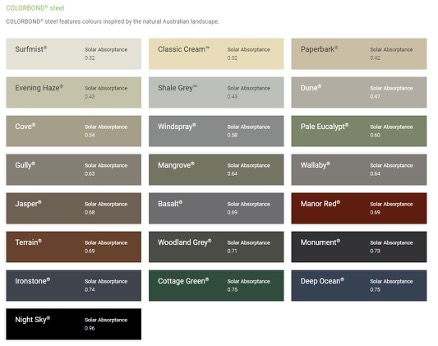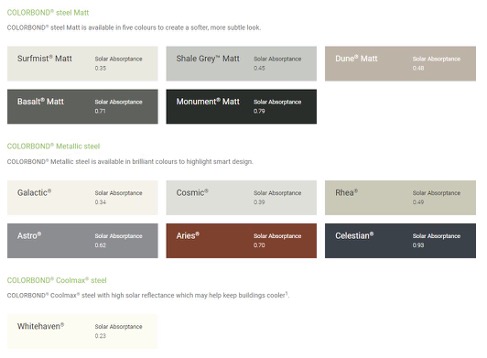In late August of 2021, the Australian Building Codes Board (ABCB) released the proposed updates for the NCC in 2022. It is currently open for comment and, going by previous amendments, will be released in early 2022 with a grace period until May 2022. It was highlighted early by the ABCB that a large focus will be on energy efficiency and condensation management as we move towards sustainable living and building better, healthier homes. The changes made have been quite substantial. A large part of the building community has praised the move after calling for more focus on the quality of the build that will stand the test of time, over products that aesthetically look the part but are impractical based on the existing climate.
There are three main changes that impact ventilation, starting from energy efficiency rating and working through the changes per climate zone. The purpose of this article is to highlight these changes and note the impact that ventilation can have on your new home to ensure you understand and are prepared for when these changes are implemented.
Energy efficiency is the first item addressed through the NCC with all new class-1 buildings (residential homes) to be increased to a 7-star NatHERS (Nationwide House Energy Rating Scheme) rating. Under the current guidelines, the requirement is to achieve a 6-star rating. To complement this, a whole-home approach is being taken into consideration with energy use to ensure that properties do not exceed an annual limit when adding in secondary components such as swimming and spa pumps, air conditioning, or heated water.
Ventilation can form a part of ensuring a higher energy efficiency rating by cooling both the roof space, meaning air conditioning ducts can operate through lower temperatures. It also helps by decreasing the overall temperature of the home, thus requiring less use of air conditioning. NatHERS software does take this into consideration and the following is an overview of the type of ventilation that can be calculated in the system.
• Discontinuous — roof material covering a roof/attic space that allows ventilation through gaps in the covering (e.g. roof tile construction without sarking). Tiled roof construction, for example, allows significant ventilation of the attic space through the gaps between the tiles.
• Continuous — a continuous material covering a roof (e.g. metal deck roofing or roof tile construction with sarking under the tiles). These roofs limit ventilation to the attic space and therefore have lower air changes per hour assumption in the software.
• Ventilated — a roof/attic space with ventilators and eave vents. The attic spaces of these roofs are assumed more ventilated than the discontinuous type.
• Highly Ventilated or Parasol — a roof/attic space that is very well ventilated and considered not to be enclosed. For example, a roof that is completely shaded by a parasol-like shade that still allows the roof to be exposed to outdoor air. These attic spaces have the highest air changes per hour assumption.
The most common roof ventilation options for residential homes will fall into the category of ‘Ventilated’ and these certainly contribute to increasing the energy efficiency of the property.
The next two changes are where things get a little tricky. As has been the case previously, the ceiling insulation for a particular build must meet a minimum ‘R’ Value (resistance) for the entire roof in all climates across Australia, however ventilation is taking a higher priority in this calculation and some roof colours are no longer available to certain climate zones. This is primarily based on the solar absorptance level (SA) of the roof. As you can see below, climate zone 1 is reserved for northern Australia including Darwin, Cairns, and Townsville. Whilst Brisbane, Mackay, Rockhampton, the Gold Coast and Coffs Harbour all are considered climate zone 2. Sydney, Perth, Newcastle, and Adelaide all fall into climate zone 5, whilst Canberra, Melbourne and Hobart all fall into the cooler zones of between 6-8.

The relevance of the climate zones is seen especially when selecting a colour for your roof. Under the new changes, all roofs in climate zones 1-5 are now restricted to an SA (Solar Absorptance) level of equal to or less than 0.64. Solar Absorptance refers to the roofs ability to absorb heat and the darker the roof, the higher the absorptance. This move will generally mean that the higher the climate you live in, the more likely your roof will now be required to be a light colour. In cooler climates (zones 6-8), darker roofs are still able to be used. The below charts detail the SA levels of Colorbond colours. Which colour is available to you will depend on the climate zone you live in.



As you can see, the range of colours no longer available to the hotter climate zones is quite significant. In conjunction with the SA requirements, the minimum ceiling insulation R-Value heavily takes into consideration under roof insulation and ventilation as ways to achieve this level.
Formerly the maximum amount that ventilation could form part of the R-Value was 0.5. To achieve this all that was required was for a minimum of two whirlybirds (which is why this is the most common current whirlybird configuration). This has now been increased in R-Value with a push for more ventilation in roofs to allow this change.
There is however a minimum amount of ventilation to achieve this status. For a roof to be considered ‘vented’ the requirements are either
- One rotary vent per 50m2 of ceiling area or;
- One powered vent per 200m2 of ceiling area.
This means that if a house is 200m2 it would require 4 whirlybirds or 1 powered whirlybird. Residential ridge ventilation is highlighted as a means of achieving this total and given that Vent-A-Roof has the equivalent airflow of a single 300mm whirlybird for every 1.9 metres of ridge, it could be considered a much more feasible and cost-effective way of achieving this status.
To view the complete list of climate zone changes and tables, click here. Please note this document is still the draft released by the ABCB for public comment. We will update this post as changes continue to arise.


2 Comments
It should be compulsory all new residentual roofs have sarking installed and eaves especially in warm climates
Wohh exactly what I was searching for, regards for putting up.